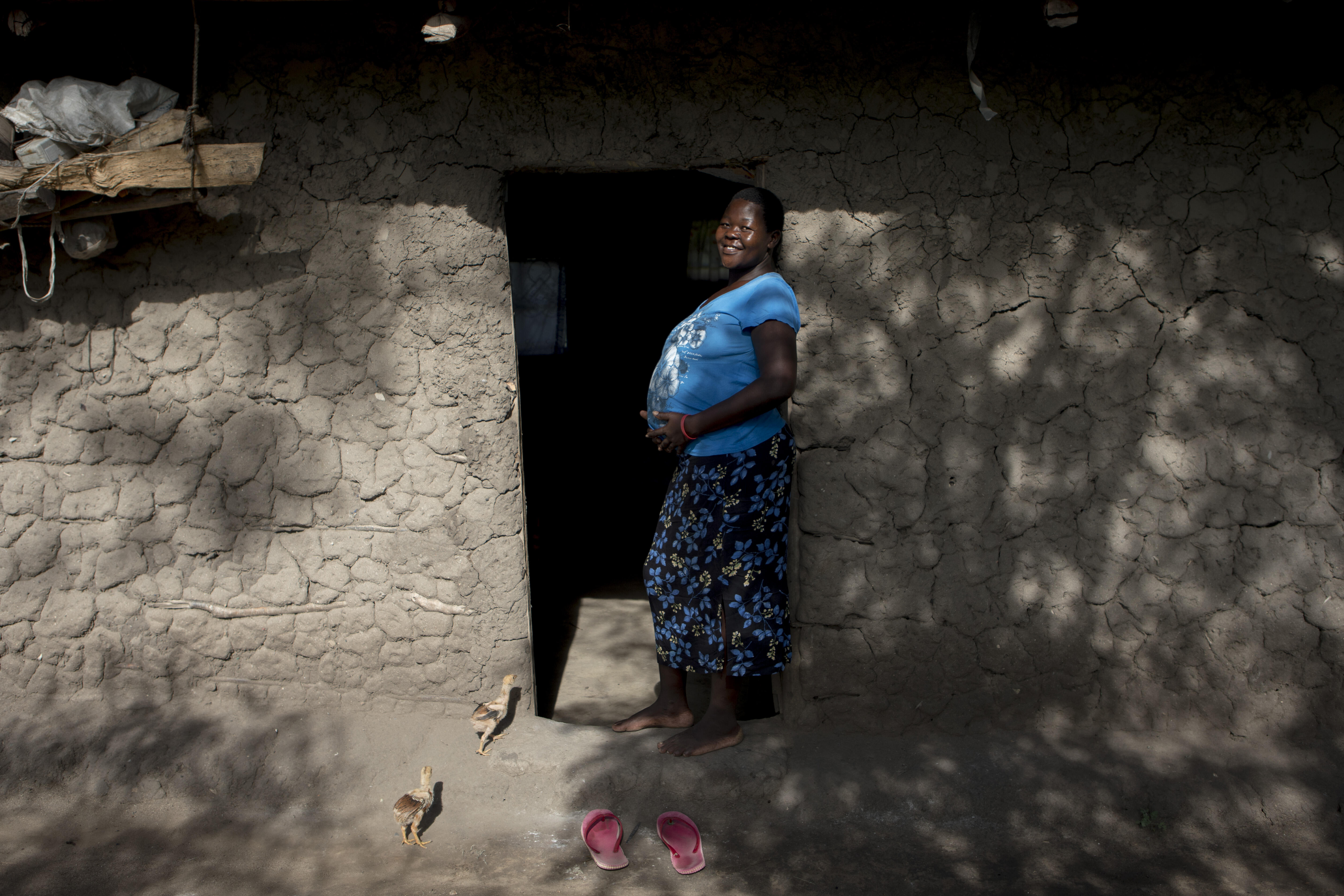
In a study published in The Lancet Global Health, researchers reviewed alternative drug combinations to prevent malaria in pregnancy. The work, led by colleagues from the University of California, also involved the London School of Hygiene & Tropical Medicine, Centers for Disease Control and Prevention, Kenya Medical Research Institute, Infectious Diseases Research Collaboration in Kampala and Makerere University College of Health Sciences.
Malaria remains one of the most preventable causes of adverse birth outcomes, it can have devastating consequences for the mother resulting in babies being born with a low birthweight, making them vulnerable during the first year of life. Preventive treatment in pregnancy with sulfadoxine–pyrimethamine (SP) is the only antimalarial drug recommended by the World Health Organization, but resistance to this drug combination has decreased its efficacy particularly in eastern and southern Africa and new alternatives are needed.
The team have conducted several trials to find better drugs that could replace the antimalarial SP for the prevention of malaria during pregnancy. Three trials conducted by the researchers in Kenya and Uganda showed that the new antimalarial dihydroartemisinin-piperaquine (DP) is a promising alternative to SP. DP was much more effective at preventing malaria than SP, however, demonstrating superiority over SP in improving the baby’s birthweight has proven elusive.
All three trials showed that babies born to mothers who had received SP during pregnancy had higher birthweights despite being born to pregnancies that had much more malaria. The research team pooled the data from the three trials to explore why SP remains so effective in improving birthweight despite the high levels of resistance to the drug.
The team conducted a novel type of analysis called mediation analysis to quantify the overall anti-malarial and non-malarial effects of the drug combinations SP and DP. The pooled analysis showed conclusively that mothers who were given DP had much less malaria, but newborns of mothers who were given SP weighed on average 69 grams more. The mediation analysis showed that the effect of SP on birth weight is mainly through non-malarial pathways.
Professor Feiko ter Kuile, Chair in Tropical Epidimology at LSTM, said: "This is exciting new information that shows we should not drop SP too early as it has beneficial properties beyond that on malaria. Rather than replacing SP with more effective antimalarials, we should now consider keeping SP and providing the new generation of antimalarials in addition to SP. It would have the benefit of targetting malaria as well as other causes of low birth weight simultaneously. This now needs to be explored in future trials. We also need a better understanding of the mechanism how SP improves placental function and fetal growth."
The work by the team highlighted the benefits of SP beyond its use for malaria prevention and suggest that trials that combine SP with DP should now be considered to jointly target malaria and other causes of adverse pregnancy outcomes.
As published in Lancet Global Health: Overall, anti-malarial, and non-malarial effect of intermittent preventive treatment during pregnancy with sulfadoxine-pyrimethamine on birthweight: a mediation analysis https://doi.org/10.1016/S2214-109X(20)30119-4